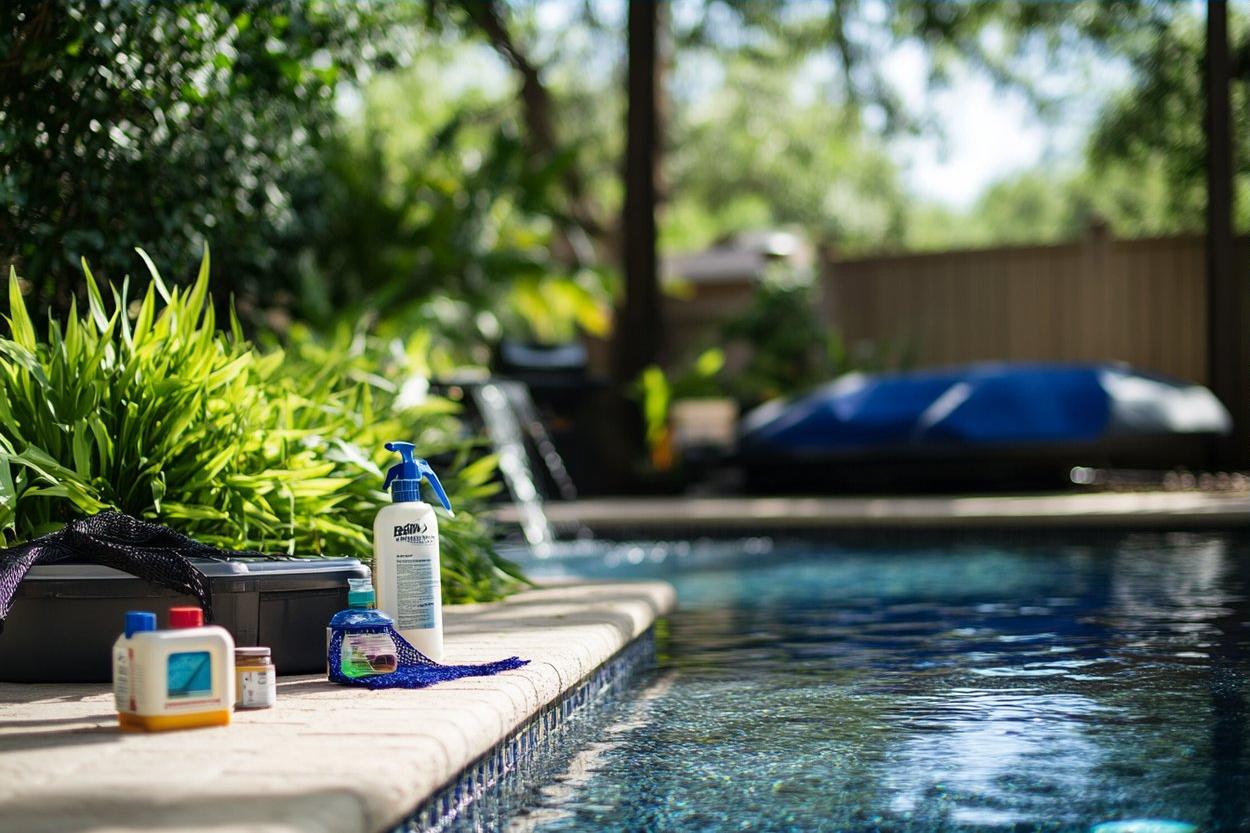The Ultimate Guide to Choosing, Installing, and Maintaining Your Home Pool
Thinking of adding a pool or improving your current one? This all-in-one guide walks you through the essentials of pool ownership—installation options, maintenance schedules, and cost-saving tips. Whether you’re maintaining a saltwater system or installing a fiberglass pool, learn how to make smart, long-term decisions to keep your water clean and your investment protected.

Choosing the Right Pool for Your Home
Selecting the ideal pool for your property involves considering various factors such as available space, budget, and intended use. In-ground pools offer a more permanent and customizable solution, while above-ground pools provide a more affordable and flexible option. Concrete pools are known for their durability and design versatility, whereas fiberglass pools offer quicker installation and lower maintenance requirements. Consider consulting with local pool professionals to determine the best fit for your specific needs and preferences.
The Pool Installation Process: What to Expect
Once you’ve chosen your pool type, the installation process begins. This typically involves site preparation, excavation (for in-ground pools), and the actual construction or assembly of the pool. The timeline can vary significantly depending on the pool type and size, ranging from a few days for above-ground pools to several weeks for custom in-ground installations. During this phase, it’s crucial to work closely with experienced contractors to ensure proper permits are obtained and local regulations are followed.
Essential Equipment for Pool Maintenance
Proper pool maintenance requires a set of essential equipment. A pool pump circulates water through the filtration system, while the filter itself removes debris and contaminants. Skimmers and pool vacuums help keep the water surface and pool bottom clean. For chemical balance, you’ll need testing kits and appropriate chemicals. Investing in quality equipment can significantly reduce the time and effort required for regular maintenance.
Weekly Pool Care Checklist
Maintaining a consistent weekly pool care routine is crucial for keeping your pool clean and safe. Start by skimming the surface to remove floating debris and emptying skimmer baskets. Brush the walls and floor to prevent algae buildup, and vacuum as needed. Test and adjust the water chemistry, ensuring proper pH, chlorine, and alkalinity levels. Run the filtration system for an adequate number of hours daily, typically 8-12 hours, depending on pool usage and environmental factors.
Mastering Chemical Balancing for Pools
Chemical balancing is a critical aspect of pool maintenance that ensures safe and comfortable swimming conditions. Regular testing of pH levels (ideally between 7.2 and 7.6), chlorine (1-3 ppm for traditional pools), and alkalinity (80-120 ppm) is essential. Saltwater pools require monitoring of salt levels in addition to these parameters. Adjusting these levels may involve adding chemicals such as chlorine, pH increasers or reducers, and alkalinity adjusters. Always follow manufacturer guidelines and safety precautions when handling pool chemicals.
Pool Filter and Pump Repair: Troubleshooting Common Issues
| Issue | Possible Cause | Solution |
|---|---|---|
| Weak water flow | Clogged filter or impeller | Clean or backwash filter, clear pump impeller |
| Noisy pump | Worn bearings or impeller | Replace bearings or impeller |
| Leaking pump | Damaged seals or O-rings | Replace seals or O-rings |
| Filter pressure too high | Dirty filter media | Backwash or clean filter media |
| Pump not priming | Air leak in suction line | Check and tighten fittings, replace damaged parts |
Prices, rates, or cost estimates mentioned in this article are based on the latest available information but may change over time. Independent research is advised before making financial decisions.
Regular maintenance of your pool’s filtration system can prevent many common issues. However, when problems arise, prompt attention is crucial to avoid more significant damage. If you’re uncomfortable performing repairs yourself, it’s advisable to contact a professional pool service technician to diagnose and fix the issue.
Owning a home pool can provide years of enjoyment and relaxation, but it requires consistent care and attention. By following this guide and implementing a regular maintenance routine, you can ensure that your pool remains a safe, clean, and inviting retreat for you and your family. Remember that while DIY maintenance can save money, there’s no substitute for professional services when it comes to complex repairs or chemical balancing issues. With proper care, your home pool will be a source of endless summer fun and a valuable addition to your property.




